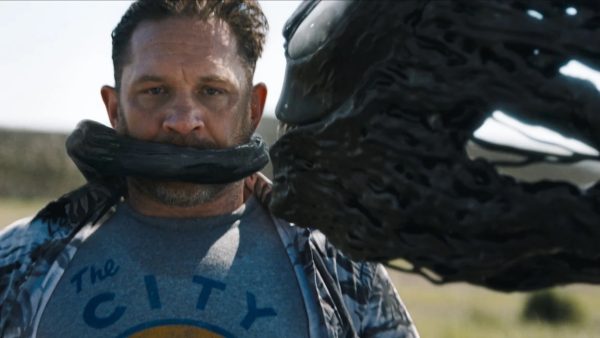Legal graffiti with UrbanArt
To many, graffiti is an eyesore. It has traditionally been frowned upon by society because it is often associated with rough neighborhoods or gang-related tagging.
However, public artwork is an integral part of the most prominent neighborhoods in Memphis. Cooper Young’s “I Heart Memphis” mural is a symbol of Memphis pride. Iconic murals at Overton Square attract visitors to the area.
However, these projects are completely legal. UrbanArt is a nonprofit organization that funds public art like these murals.
The sculpture in front of the Canon Center, various sculptures at the Central Library, and countless other memorable pieces were facilitated by UrbanArt.
Dedicated to enhancing the beauty of our environment, the organization serves as a matchmaker of sorts. UrbanArt finds property owners in search of artwork. Then, a committee reviews proposals from various artists and selects one to start the project.
Executive director Christina Lanzl said, “It takes three to five years to execute one project. They are like a baby—they take time to grow, and once they are finished, we have a celebration.”
Each project takes a lot of planning. Every aspect of the artwork is outlined, from the materials to the theme. Many pieces reflect Memphis’s culture and history.
“We try to involve the community in many projects. During an event called Stax to the Max, children as young as three to four years old painted colorful boards to be put up in various locations, as opposed to normal plywood.” Although many of their projects require experienced artists, they have worked with college students before, like with the “I Heart Memphis” mural.
Lanzl is not a fan of tagging, but she does appreciate more artistic graffiti.
“You must stay within the confines of the law. We exist because you have to get permits to put up artwork in public areas,” she said.
Another difference she has observed between graffiti and UrbanArt’s work is the thought behind it. Graffiti tends to be spontaneous, while public art is more planned out and engages the community.
Much like legal artwork, graffiti has become a part of urban culture. Banksy, a UK based graffiti artist, is internationally famous for his satirical work. On a local level, countless Memphians pose in front of the old Tennessee Brewery’s “Invest In Good Times” graffiti.
Beyond its visual disturbance or appeal, graffiti has been shown to have an effect on communities economically. When gang members tag their territory, property values decrease. Vacant buildings covered in tagging are less likely to be leased. Visitors who view graffiti as an unsafe sign may avoid the area, taking their business away from the neighborhood.
While tagging can potentially drive people away from a community, artistic and clever graffiti can draw people in. Instead of viewing graffiti as harmful, we should consider it as a potential means to revive our city.
Your donation will support the student journalists of White Station High School. Your contribution will allow us to purchase equipment and cover our annual website hosting costs.





































